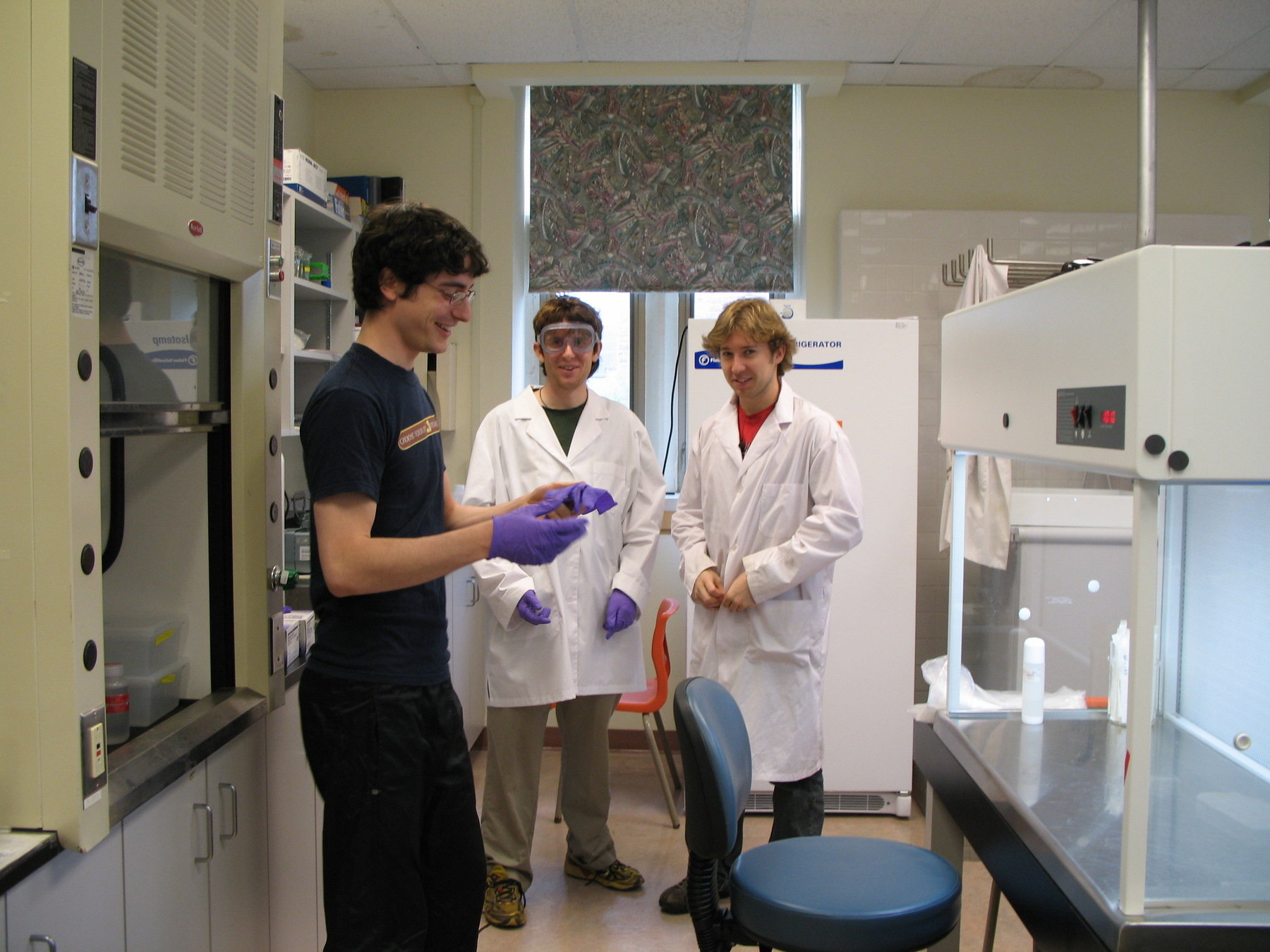Marine Microbial Ecology at StFX
StFX Biology department, May 19th, 2021
Jesse McNichol, PhD, Biological Oceanography
Postdoctoral Scholar, University of Southern California
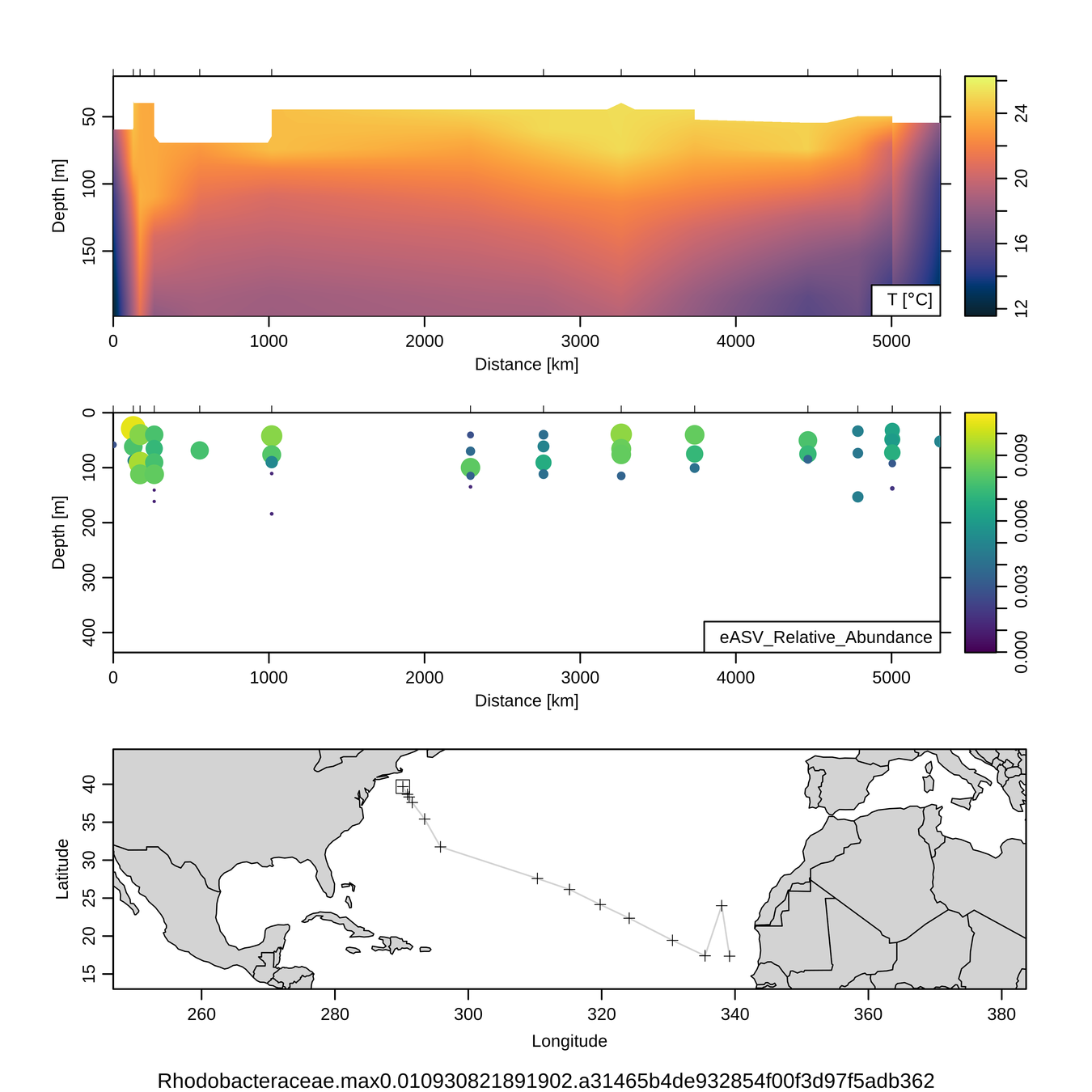
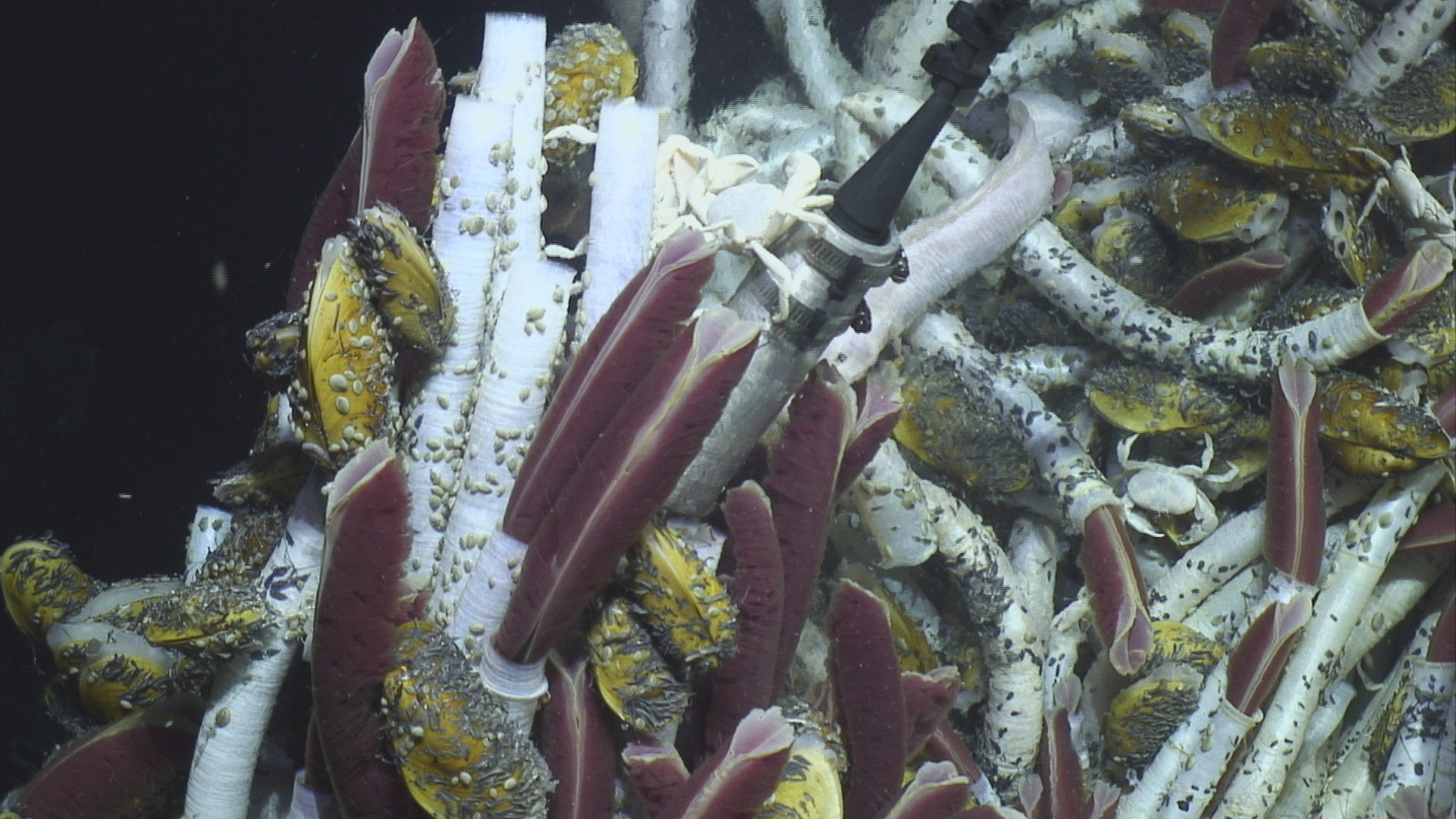
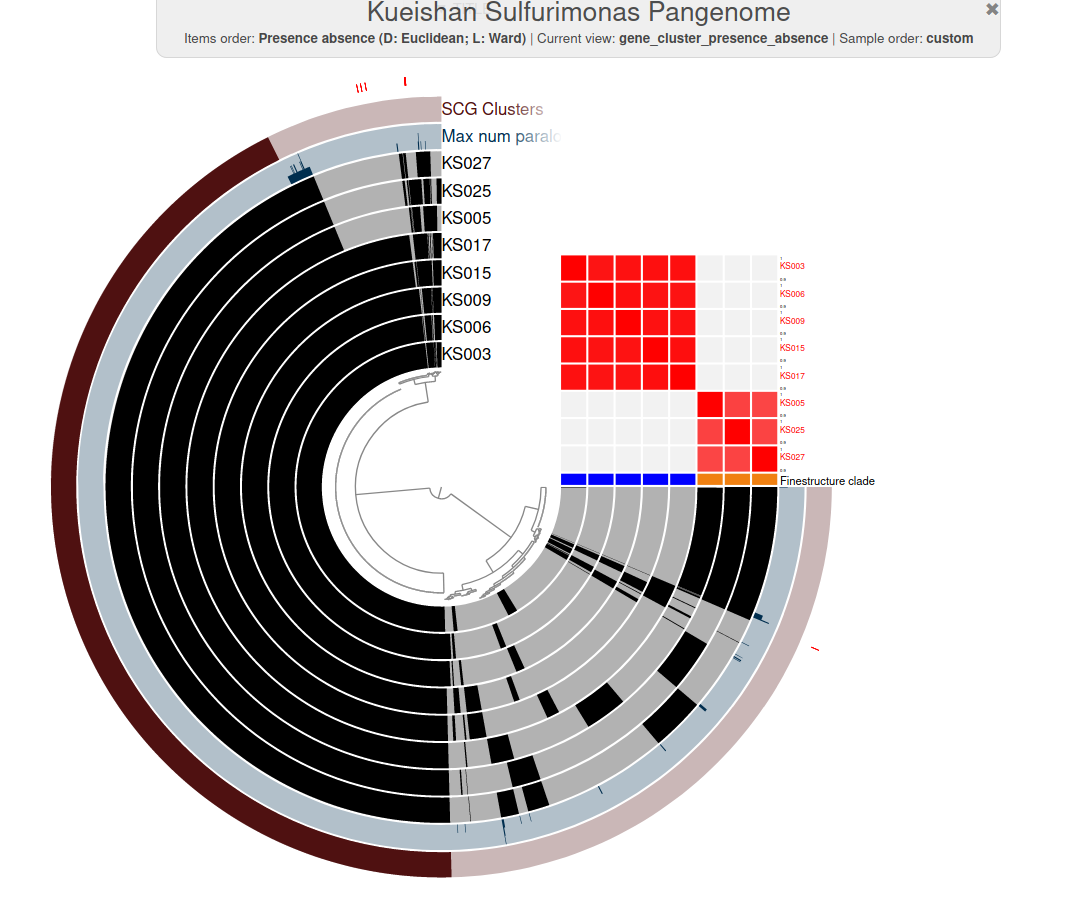
Motivation
- Microbes are a living record of biosphere evolution
- Have mapped tree but cannot yet explain its structure
- What is the "logic" behind the tree's structure (traits, niches)?
- What are the ecological and environmental implications of these microbial niches?

Multicellular
life
My experience
- PhD work: "Deep dive" into chemoautotrophic* Campylobacteria
- Postdoc work: Broad "barcoding" surveys across space/time
- Same motivating questions, different scales



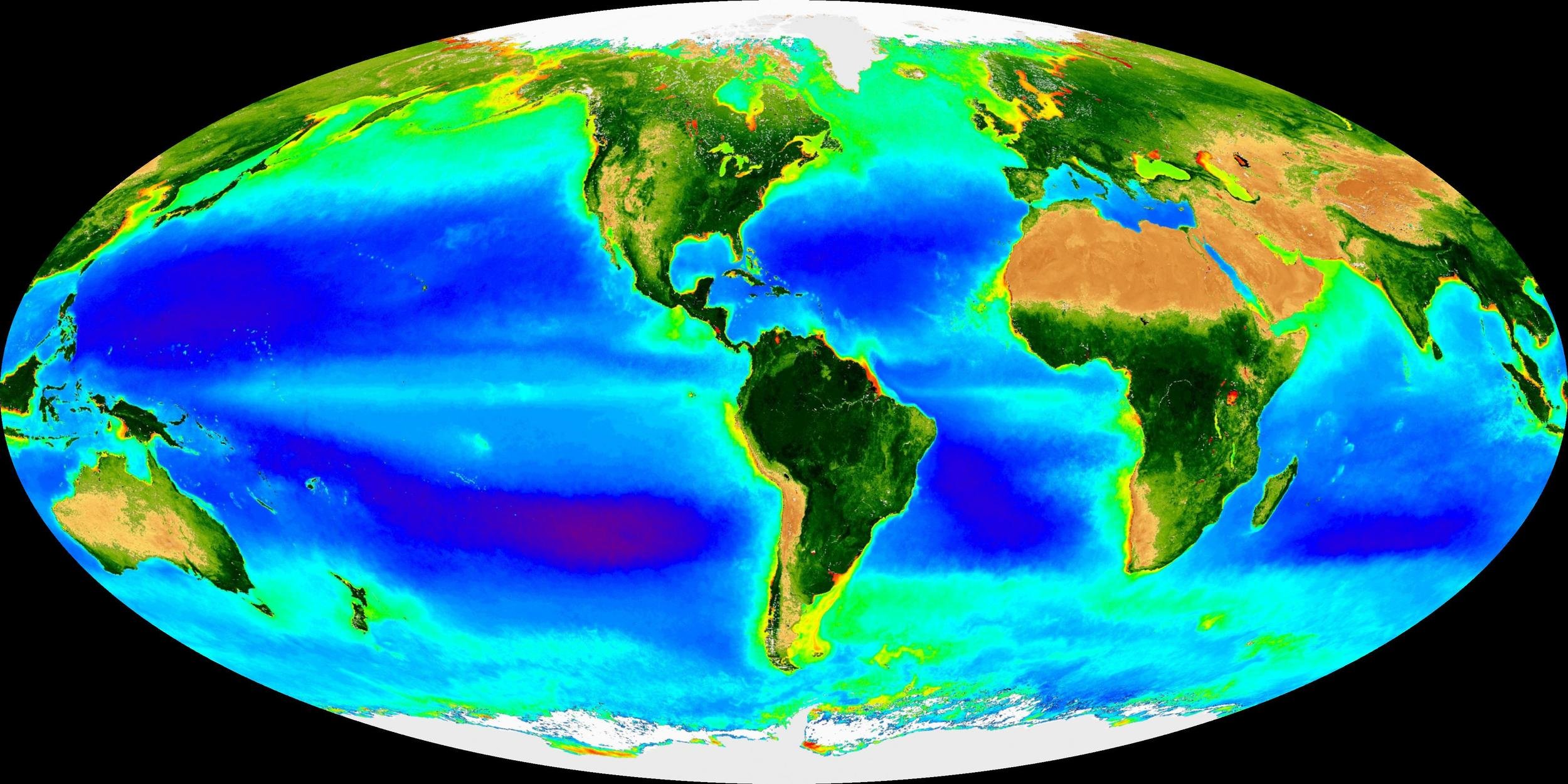
*using reduced inorganic compounds for energy and fixing CO2
My vision for a research program at StFX
- "Grow" these experiences into a holistic program targeting local ecosystems




My vision for a research program at StFX
- "Grow" these experiences into a holistic program targeting local ecosystems




My vision for a research program at StFX
- "Grow" these experiences into a holistic program targeting local ecosystems




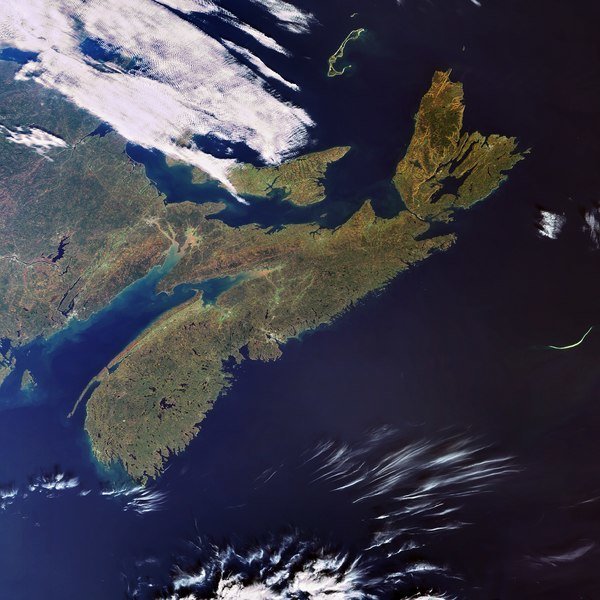
Proposed program: 3 pillars

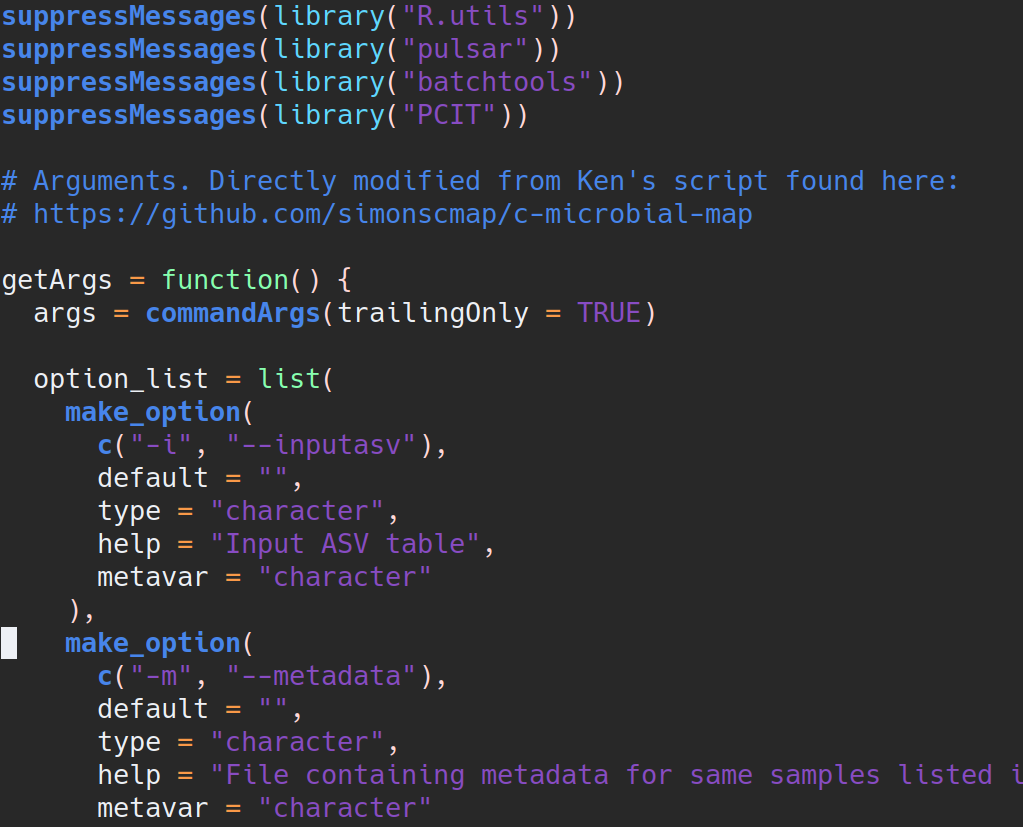
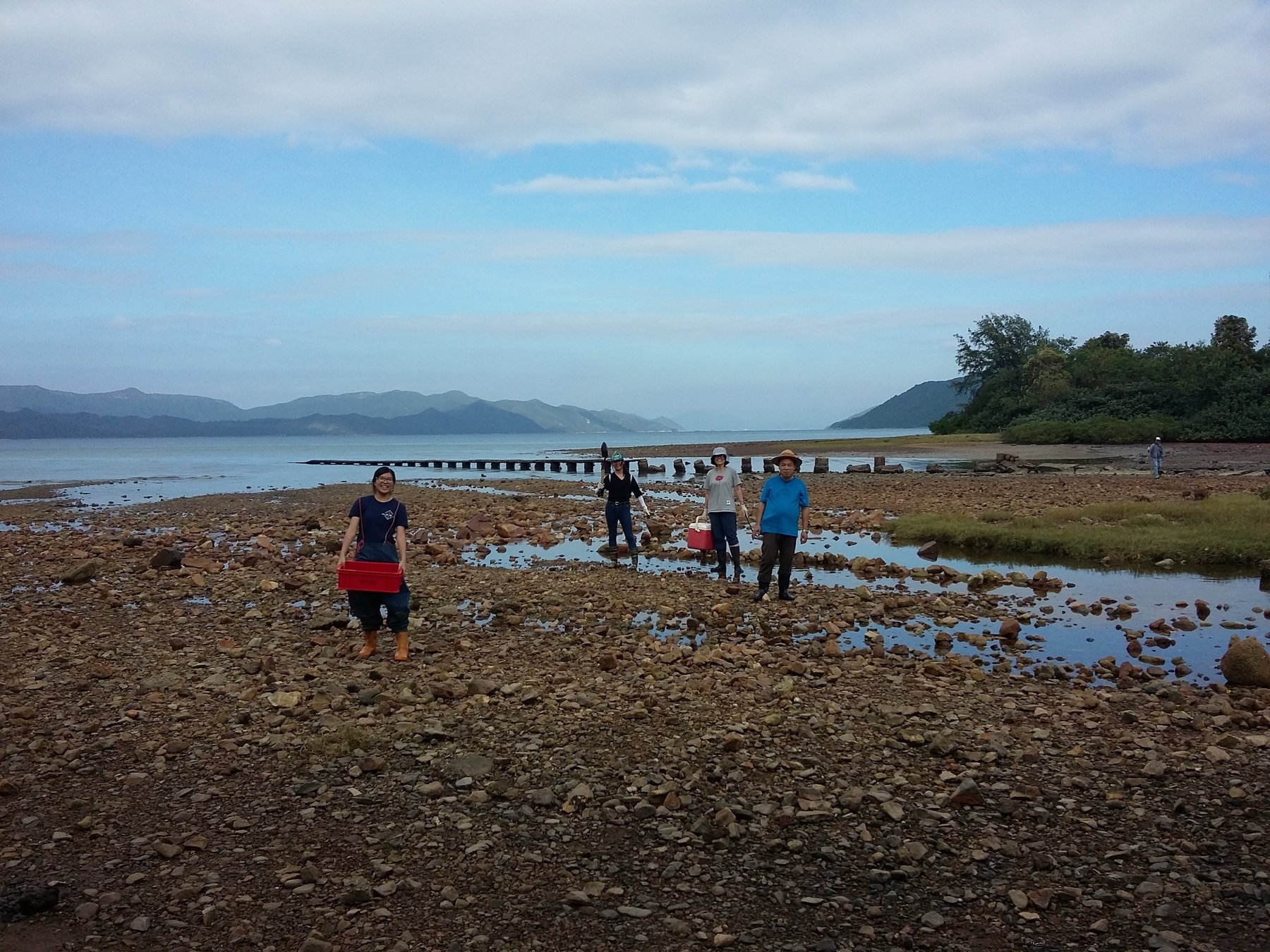

Proposed program: 3 areas
- Aim = predictive knowledge (niches, traits & environmental impact)
- Areas interact and inform one another
- Sequencing & bioinformatics central


- Interactions
- Spatial / temporal patterns
- Abundance
- Identity
- Traits
- Biochemistry
- Evolution
- Genomics
- Ecology
- Biogeo-chemistry
- In situ activity / physiology
Proposed program: 3 areas


Proposed program: 3 areas


Proposed program: 3 areas



Proposed program: 3 areas



Proposed program: Methods
- Different resolution, breadth

Community profiling by amplifying ribosomal RNA or DNA with PCR
Fluorescent "Phylogenetic stains" & isotope tracers
- Culture-based genomics
- Single-cell genomics
- Shotgun metagenomics
- Low oxygen cultivation
- Physiological assays
- Chemical assays
Previous experience and plans
- Cultivation (Campylobacteria):
- Genomics, physiology
- Biogeographic surveys
- Process, functional studies




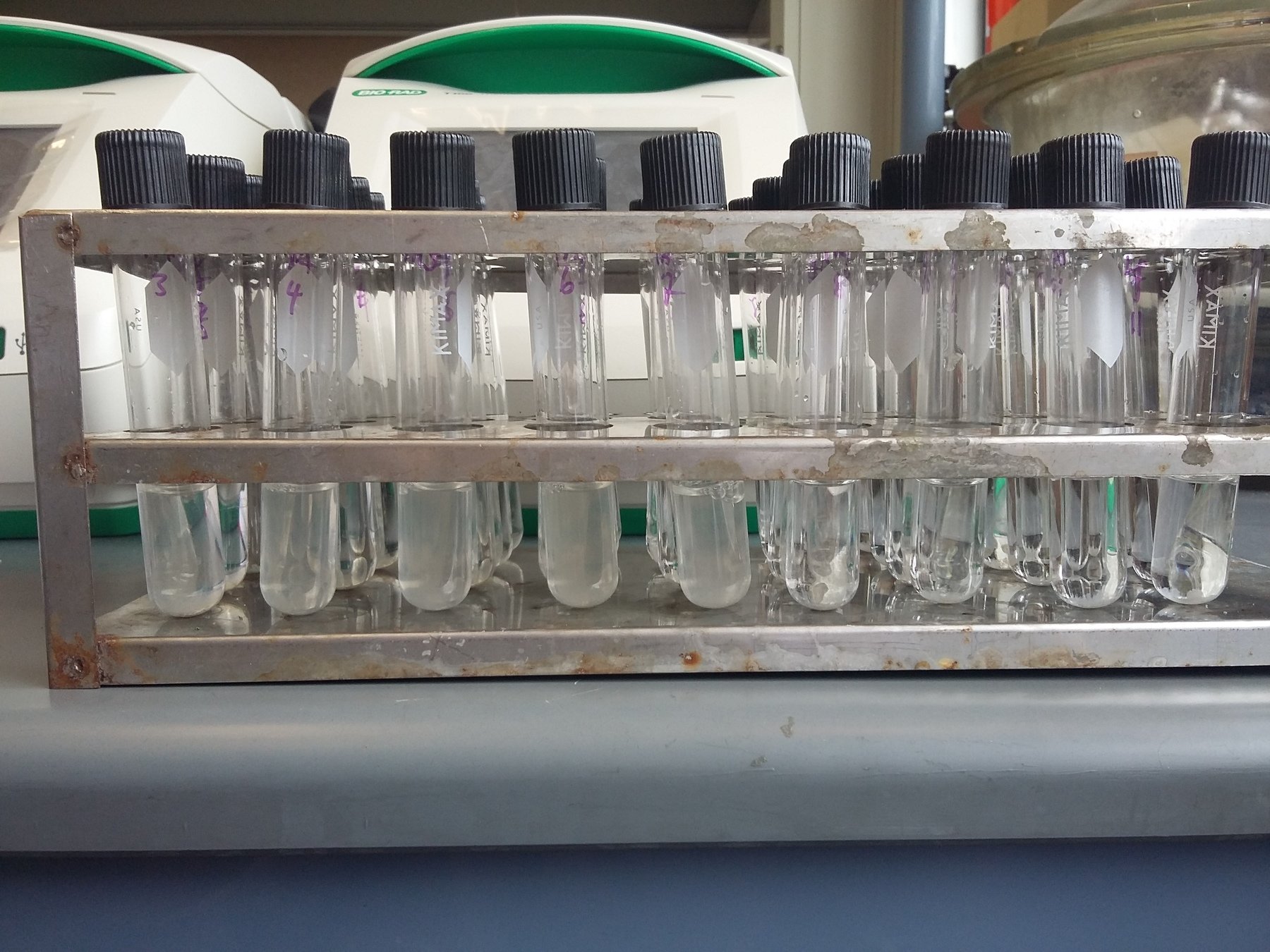
Cultivation of chemoautotrophs
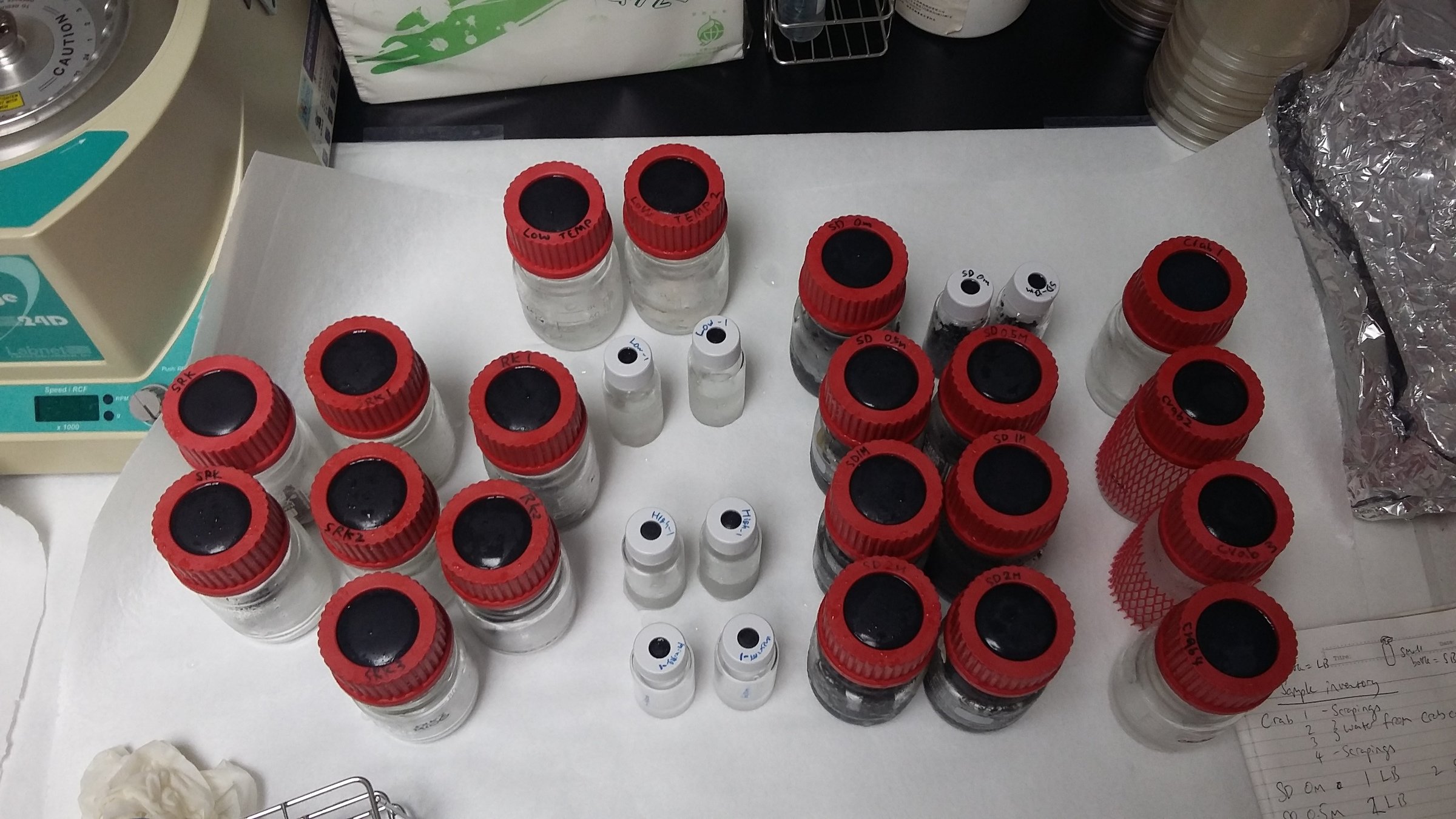

- Pure cultures help interpret 'omics data
- Isolation is a great introductory project:
- Most microbes are unknown to science
- Develop based on interests / strengths
- Isolation is a great introductory project:

Cultivation & genomics
- Genome sequencing reveals how niche differentiation and speciation occurs


Pure cultures or environmental genomes
Plot made with anvi'o
(Pan)genomic analysis

Understanding of speciation

Cultivation & physiology
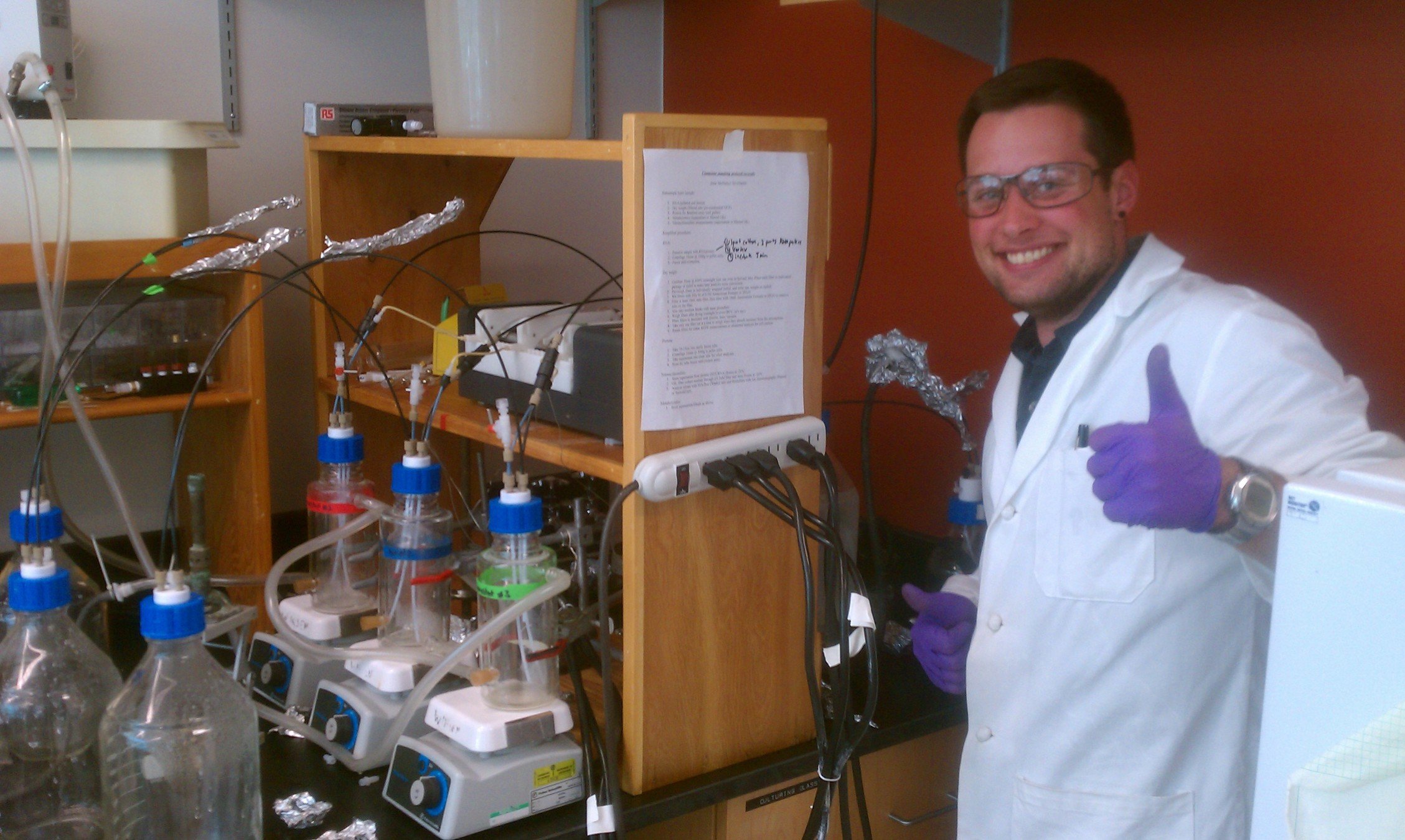

- Test hypotheses about fundamental ecological niches of chemoautotrophic Campylobacteria

Hypotheses guide future 'omics / biochemistry work
Cultivation at StFX
- Set up equipment for O2-sensitive microbes
- Retrieve cultures / samples from WHOI, CUHK
- Train students in isolation, cultivation
- Medium term: develop 'omics methods for cultures
- Long term: Targeted isolation campaigns, biochemistry

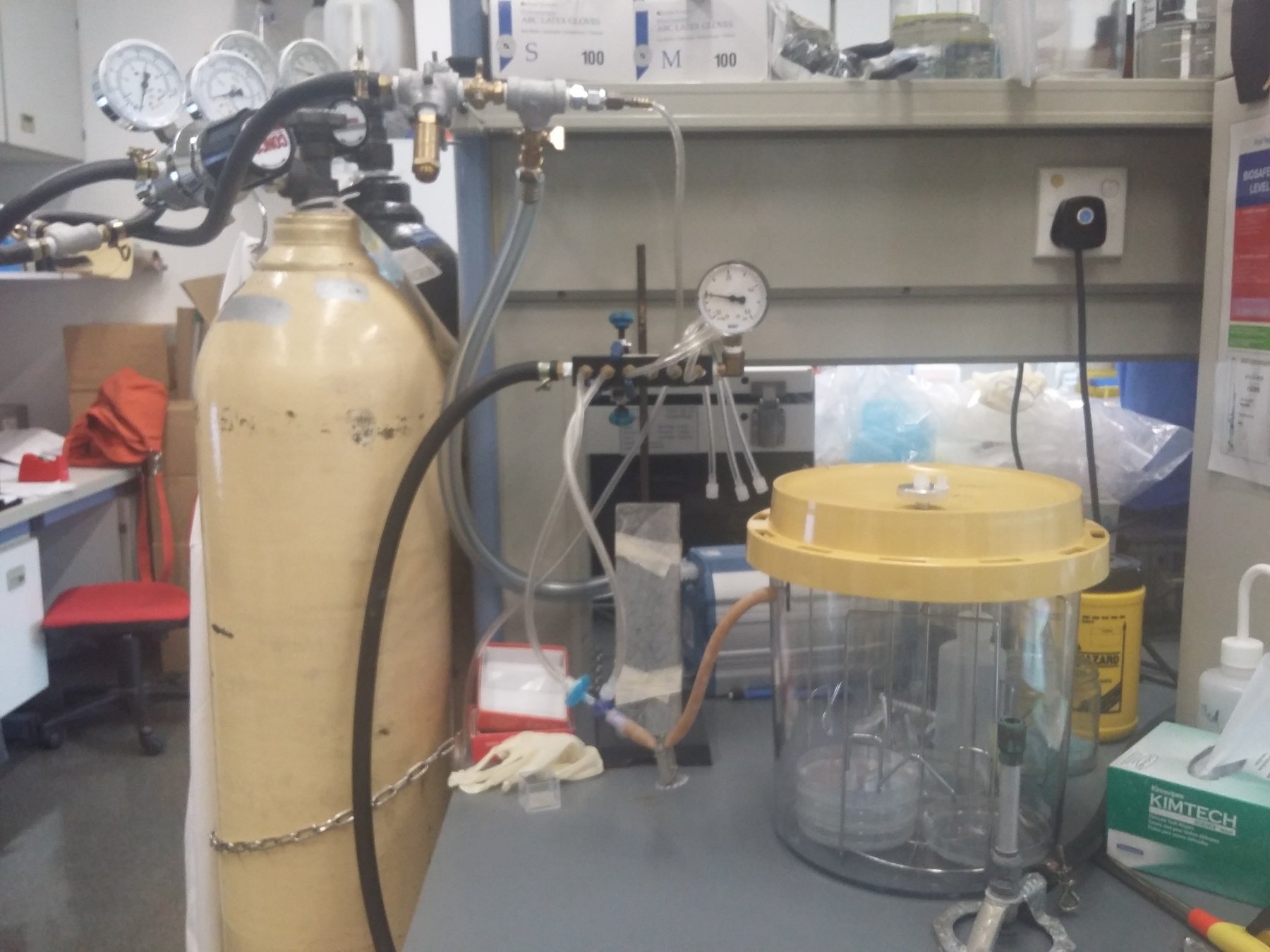


Barcoding surveys : Methods
- Data used to map microbes across time and space
- 515Y / 926R primers target all cellular life






Microbe art: @claudia_traboni
Barcoding surveys: New data
- Current work : extending marine observations

Barcoding surveys at StFX
- Set up bioinformatic infrastructure, develop "bite-size" biogeographic projects:
- Analysis, interpretation, "data science"
- Contribute to international collaboration on ecosystem modelling
- Med. term: Build lab infrastructure (eDNA)
- Long term: Apply locally (Whycocomagh)




Areas of research
- Cultivation (Campylobacteria):
- Genomics, Physiology
- Biogeographic surveys
- Process, functional studies





Process study example (PhD work)
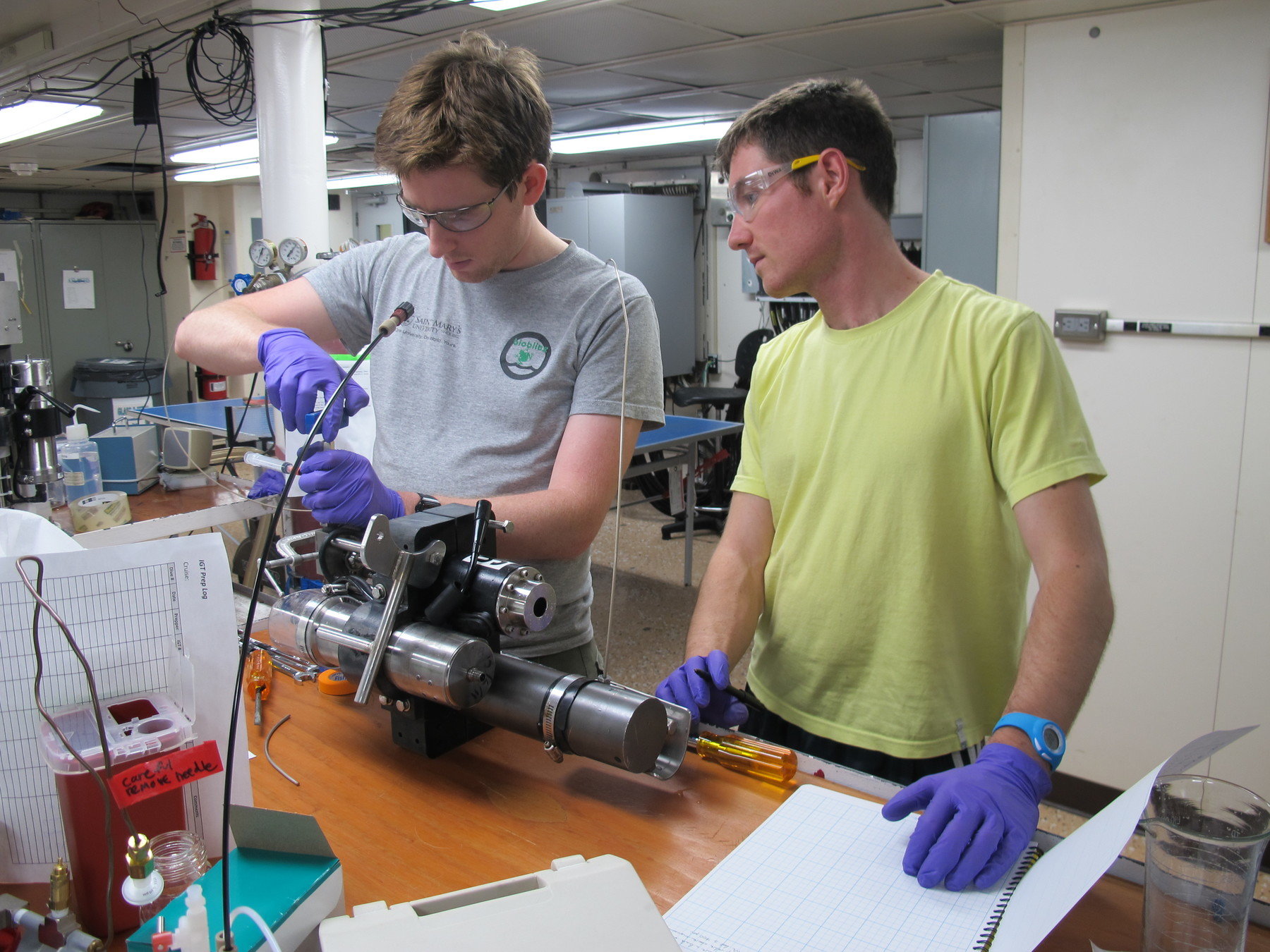

- How active are deep-sea chemoautotrophs?
- What factors influence their growth?


- FISH + SIP quantified CO2 fixed at single-cell level
- Barcoding showed major shift due to oxygen
Process studies (hydrothermal vents)

FISH
SIP

Genomic comparisons can give insight into oxygen tolerance / sensitivity (have data!)

Process studies at StFX: W. Whycocomagh Bay


Open ocean systems
Whycocomagh Bay
- Set up infrastructure for field work
-
Medium term: Begin sampling local system
- Diversity of metabolisms within ~1 hour drive
- Archive DNA / RNA, cells for cultivation / FISH
- Diverse, iterative projects that build on one another
- Context for process studies
- Methods interact and inform one another
- Points to "microbial natural history"

Holistic picture






Native Microbiota CURE*
- Based on undergraduate botany experience (Native Flora)
- Students collect microbial "herbaria":
- Characterize with barcoding
- Visualize with FISH
- Attempt to cultivate
- Goal: Develop "microbial natural history"
- Bring new scientists into the fold
- X-Oceans Outreach
- Discover new taxa, study sites
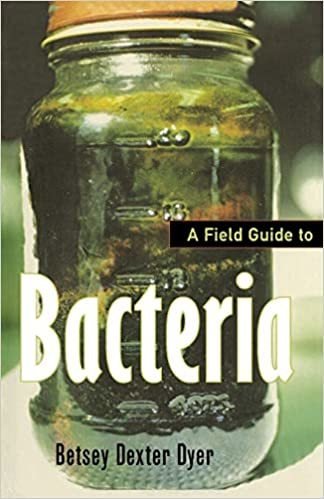

*CURE = Course-based undergraduate research experience
Summary
- Samples / data:
- Global barcoding data
- Vent strains / samples
- (meta)genomic data
- Wet lab skills:
- HTS* library prep
- High-throughput, low-O2 cultivation
- FISH (& probe design)
- Analytical chemistry
- Bioinformatics skills:
- Barcoding (qiime2)
- 'omics (anvi'o)
- R/python/bash, snakemake**
*HTS=High throughput sequencing
**tinyurl.com/mgprimereval


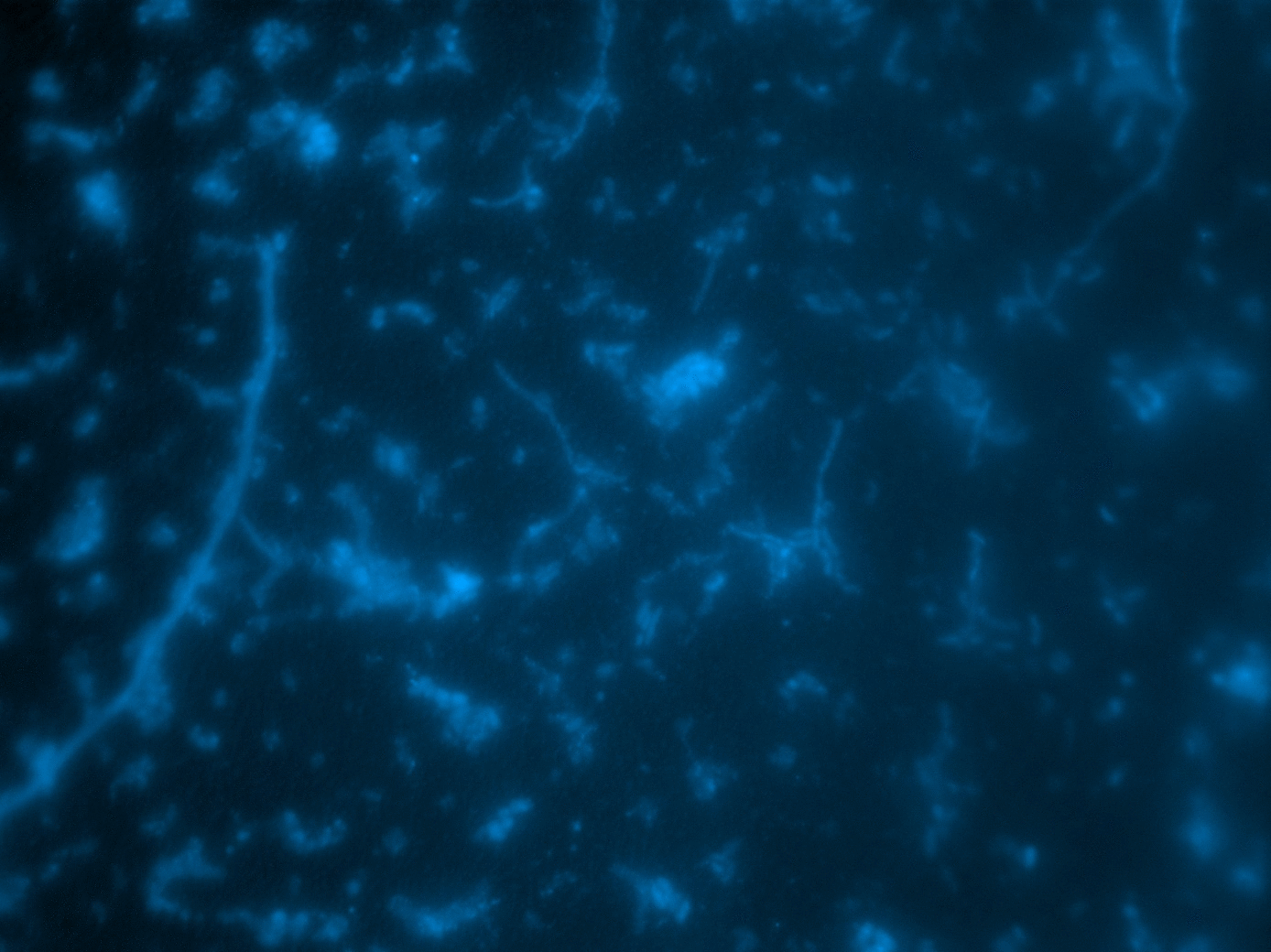

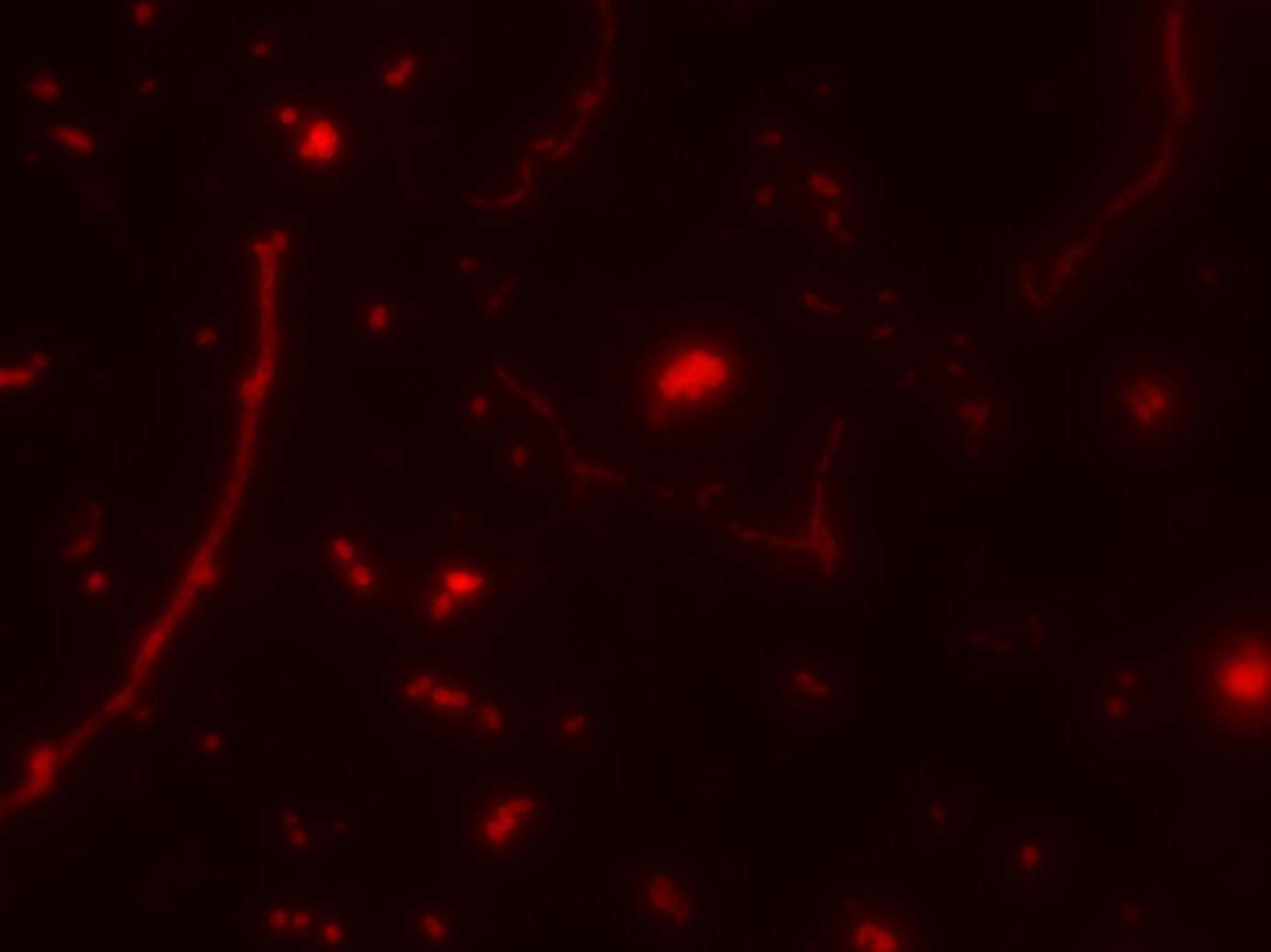
Why microbial ecology at StFX?
- Opportunity to focus on fundamental biological research
- Build model (eco)systems, interdepartment collaborations
- Diverse questions / techniques fits with liberal arts education
- Flexible, student-centred projects; CURE
- Maritimes offers a wealth of natural marine environments
- Collaborations in oceanography, ecosystem monitoring




Research plan
-
Short term:
- Cultivation, bioinformatic / modelling projects
-
Medium term:
- Build infrastructure for barcoding, 'omics, process work
- Begin sampling Whycocomagh Bay / other systems
- Establish (inter)departmental collaborations
-
Long term:
- Conduct process, biochemical, 'omics studies




Acknowledgements
WHOI: Stefan Sievert, Jeff Seewald, Niculina Musat, Craig Taylor
CUHK/Academia Sinica: Haiwei Luo, Annie Wing-Yi Lo, Benny Chan
USC: Jed Fuhrman, Yi-Chun Yeh, Bruce Yanpui Chan, Paul Berube, Steven Biller, Mick Follows, Enrico Ser-Giacomi








Works cited (ideas and images)
| Slide title | Citation |
|---|---|
| Motivation | Tree image: A. Spang, T. J. G. Ettema, Microbial diversity: The tree of life comes of age. Nat Microbiol 1, 16056 (2016). |
| Process studies at StFX: W. Whycocomagh Bay |
Image adapted from: M. Hügler, S. M. Sievert, Beyond the Calvin Cycle: Autotrophic Carbon Fixation in the Ocean. Annu. Rev. Marine. Sci. 3, 261–289 (2011). Water column data: P. M. Strain, P. A. Yeats, The Chemical Oceanography of the Bras D’Or Lakes. Proc NSIS 42, 37–64 (2002). |
| Cultivation & Genomics |
Speciation image: R. Stepanauskas, et al., Gene exchange networks define species-like units in marine prokaryotes. bioRxiv, 2020.09.10.291518 (2020). Anvi'o: https://merenlab.org/software/anvio/; https://peerj.com/articles/1319/ |
| Cultivation & Physiology | Protein image: J. McNichol, S. M. Sievert, Reconciling a Model of Core Metabolism with Growth Yield Predicts Biochemical Mechanisms and Efficiency for a Versatile Chemoautotroph. bioRxiv, 717884 (2019). |
| Barcoding surveys: Methods | Line diagram: J. A. Fuhrman, J. A. Cram, D. M. Needham, Marine microbial community dynamics and their ecological interpretation. Nature Reviews Microbiology 13, 133–146 (2015). |
| Process studies example (PhD work) | J. McNichol, et al., Assessing microbial processes in deep-sea hydrothermal systems by incubation at in situ temperature and pressure. Deep-Sea Res. Pt. I 115, 221–232 (2016). |
| Process studies (hydrothermal vents) | Cell image: J. McNichol, et al., Primary productivity below the seafloor at deep-sea hot springs. PNAS 115, 6756–6761 (2018). |
| Native Microbiota CURE | B. D. Dyer, A Field Guide to Bacteria, Illustrated edition (Comstock Publishing Associates, 2003). |
Unless otherwise noted, images are either my own unpublished work, ⓒWHOI, or from Wikimedia Commons
Understand to protect

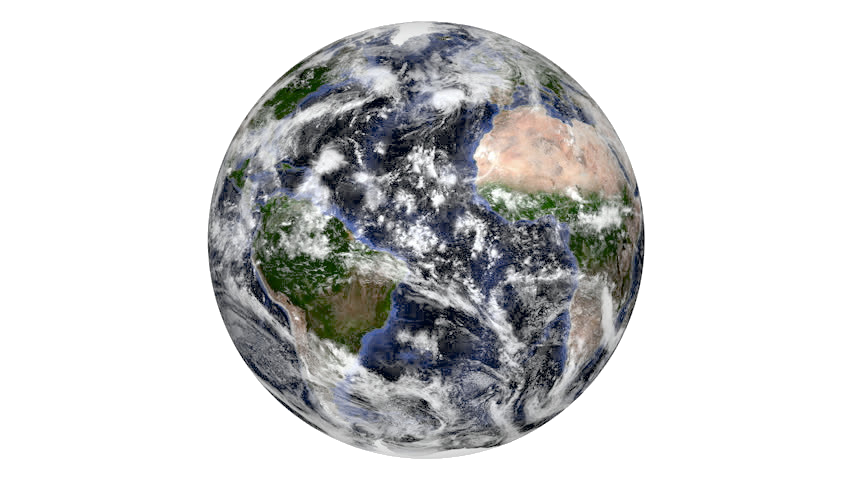
- Microbes are the "wires" connecting global chemical cycles
- Climate, nutrient cycling, habitability
A microbial ecology lab at StFX
- Ultimate goal:
- Niche / traits of marine bacteria
- Long-term, iterative program:
- Undergrads, grad students, postdocs
- (Inter)departmental collaborations
- Bring materials, expertise, collaborations:
- Quickly begin research with 'omics / barcoding data
- Samples (e.g. for cultivation)
- Longer term goals once established:
- Model ecosystem (Whycocomagh bay?)
- Native Microbiota CURE
- Monitoring collaborations


My experience
- B.Sc., Biology, Mount Allison (2003 - 2008)
- Government researcher (2008-2011)
- Environment Canada
- NRC (Algal Biofuels)
- PhD in Biological Oceanography, MIT/WHOI (2011-2016)
- Postdocs:
- CUHK (2017)
- USC (2018 - present)

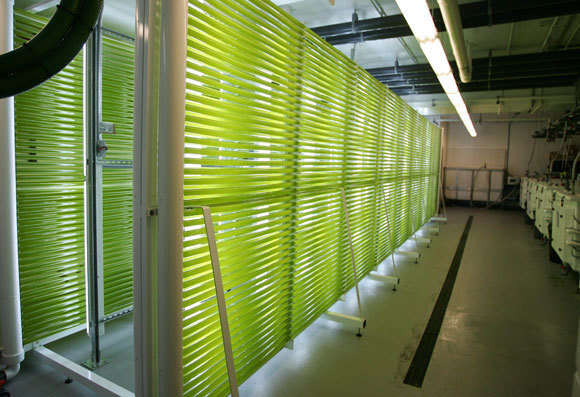

Why study microbial ecology?
- Like astronomy, it gives us a sense of perspective...
- ...and helps us look back in time to how life evolved

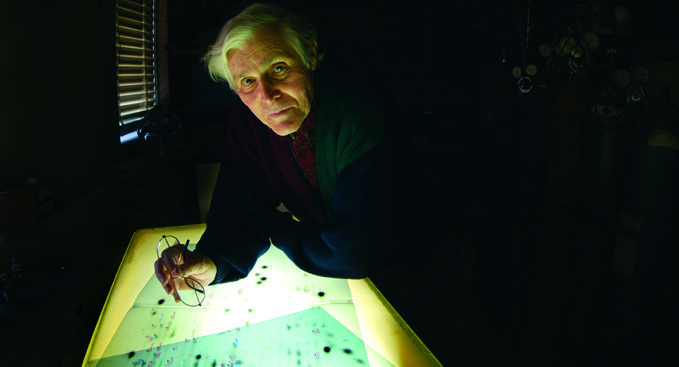
Woese's tree

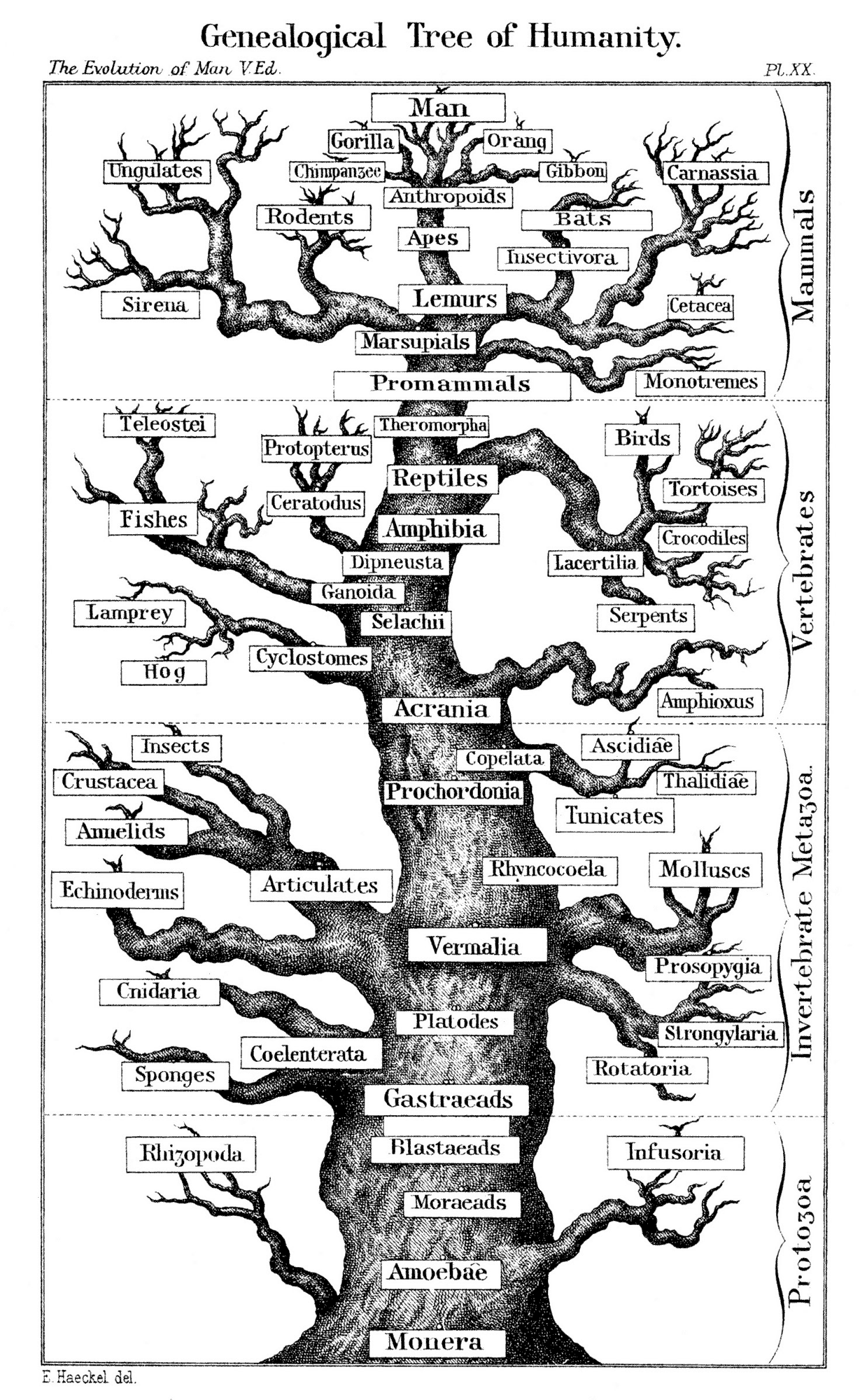
Haeckel's tree
Undergraduate research at StFX
- Microbes are everywhere, yet poorly described:
- Cultivation / surveys
- Native Microbiota
- Huge amount of 'omics data:
- "Data science"
- Tools have yet to be perfected:
- Methods development
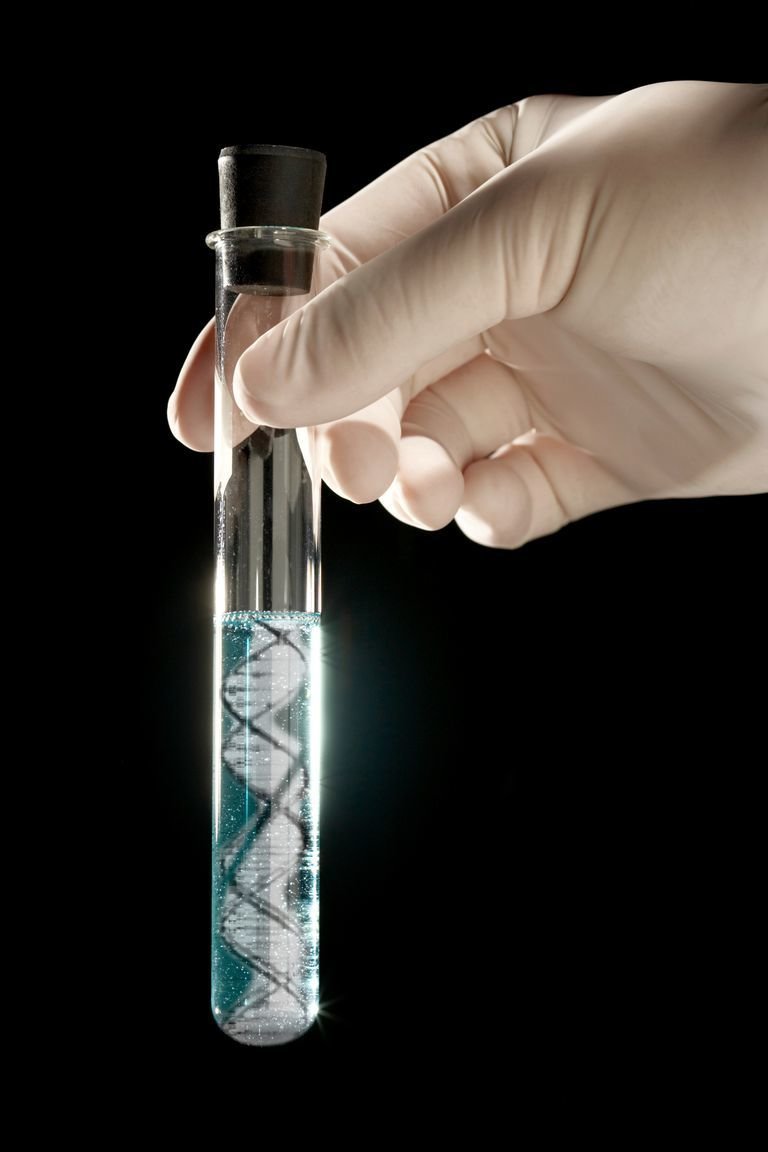
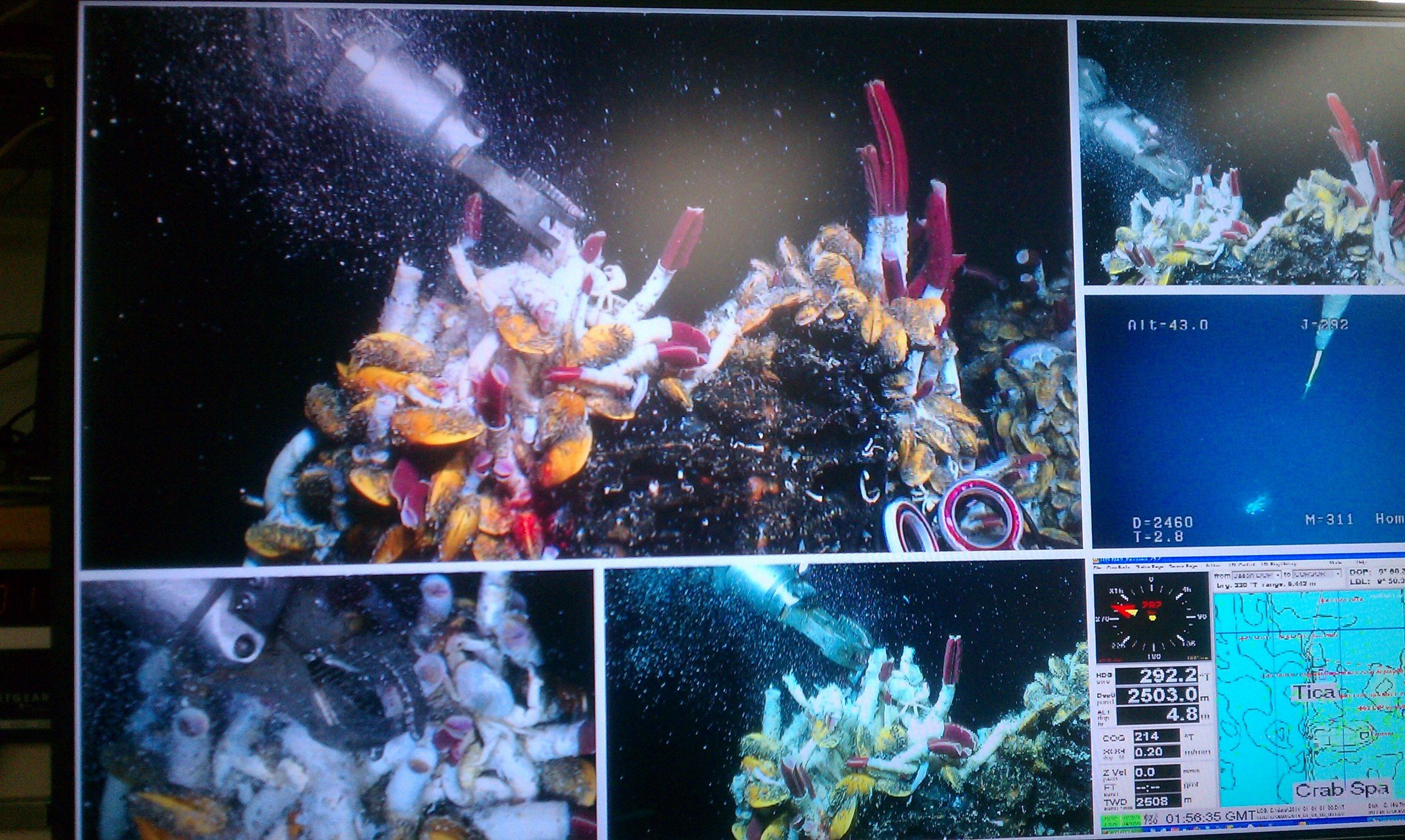



StFX Research Lecture, May 19th, 2021
By jcmcnch
StFX Research Lecture, May 19th, 2021
An introduction to my PhD and postdoctoral research on marine microbial ecology, and how I envision a research program developing at StFX with active participation from undergraduate, graduate, and postdoctoral researchers.
- 38
